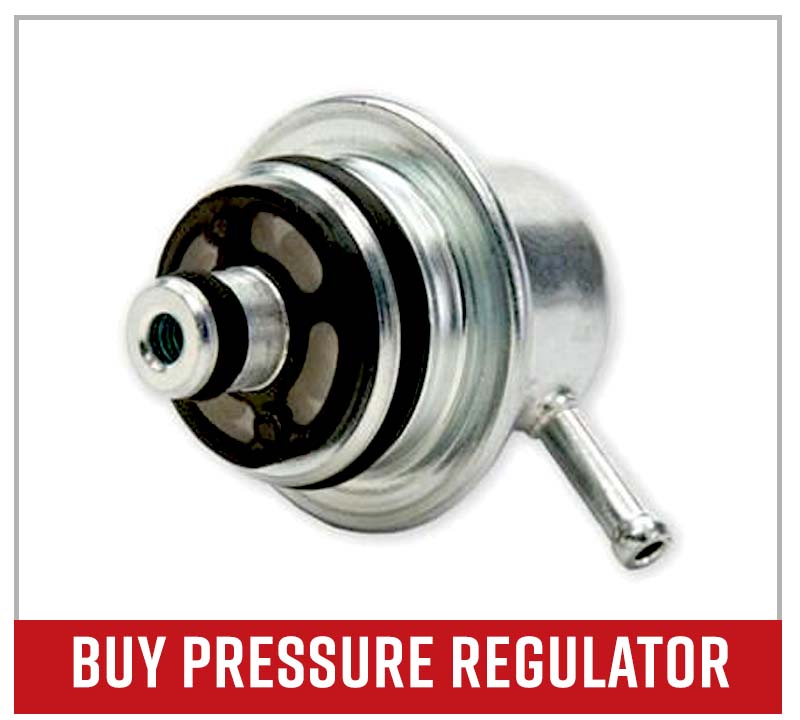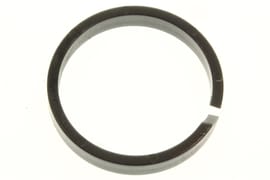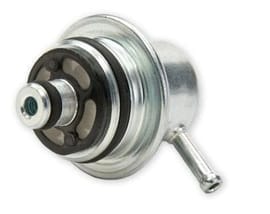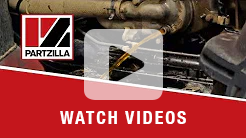What Exhaust Smoke Colors Mean
When your motorcycle or ATV has something bad going on inside the engine, you need to know what problems the smoke signals coming from the exhaust indicate.

The following are exhaust smoke colors you might see coming from your machine, and what they mean.
What Does Blue or Gray Exhaust Smoke Mean?
The smoke can be gray or blue, but the message is still the same: burning excess oil. If you have a two-stroke engine, you'll get some of that from the exhaust. It's perfectly normal. But if you have a bunch or any at all in a four-stroke engine, you're burning a lot of oil and it's not a good sign.

Burning excess oil can mean you've got leaking valve seals. It can also mean you've got too much clearance between the valve stem and the valve guide, which will allow oil to creep into the cylinder. Worn piston rings or cylinder walls can also be the culprit, allowing oil to get into the combustion chamber. One often overlooked culprit is a closed PCV valve. It can cause the pressure in your crankcase to climb and produce some of that blue or gray smoke.
What Does Black Exhaust Smoke Mean?
Black exhaust smoke means you're burning too much fuel. A rich fuel/air mix can be caused by a fuel injector that is leaking or maybe even partially clogged.

When you get a little clog in there, it can cause the injector to just drip fuel, creating black smoke. A fuel pressure regulator can also cause a rich condition when it gets stuck, and so can a blocked fuel return line.
What Does White Exhaust Smoke Mean?
It's normal to see a little white smoke when you crank up your motor, which is a little bit of water vapor working its way out of the system.

When it lasts longer than just a minute or so, it's still water, but it could mean it's coming into the cylinder. It's not a good sign: cracked cylinder heads or engine blocks can cause coolant to leak from the water jacket into the combustion chamber. It might also be an indicator of damaged or blown head gaskets.
Speaking of gaskets, it's a good idea to clean and completely remove any old gasket material before installing a new gasket into your vehicle's engine. Watch the video above for a quick tip on how to remove old gasket material from an engine case.





